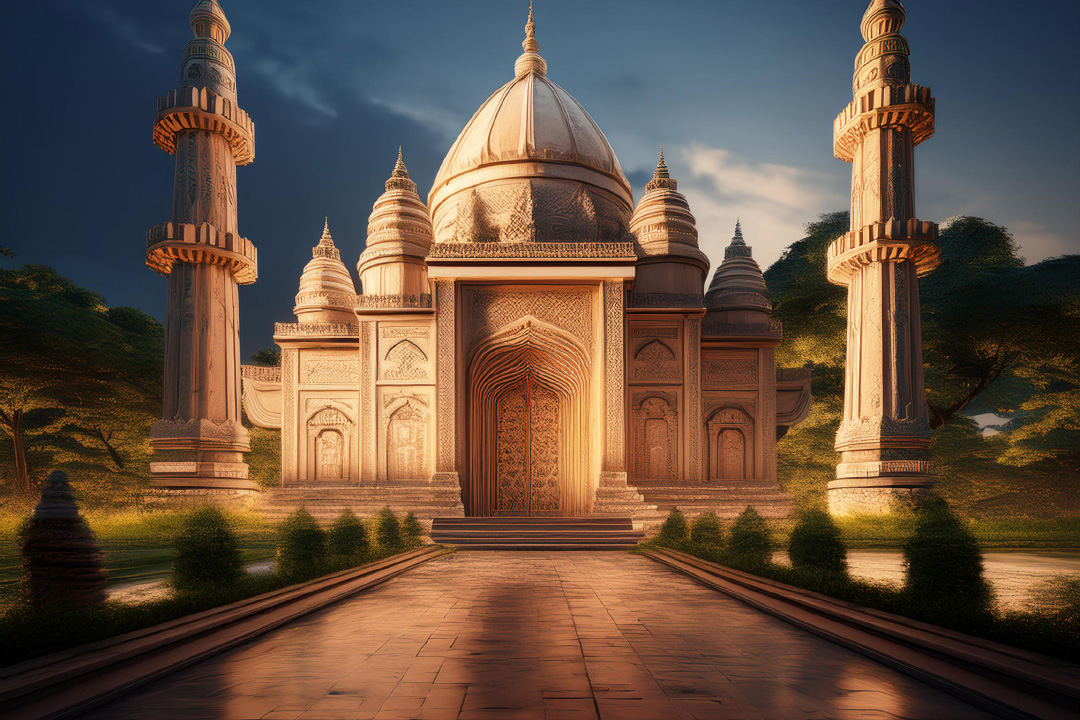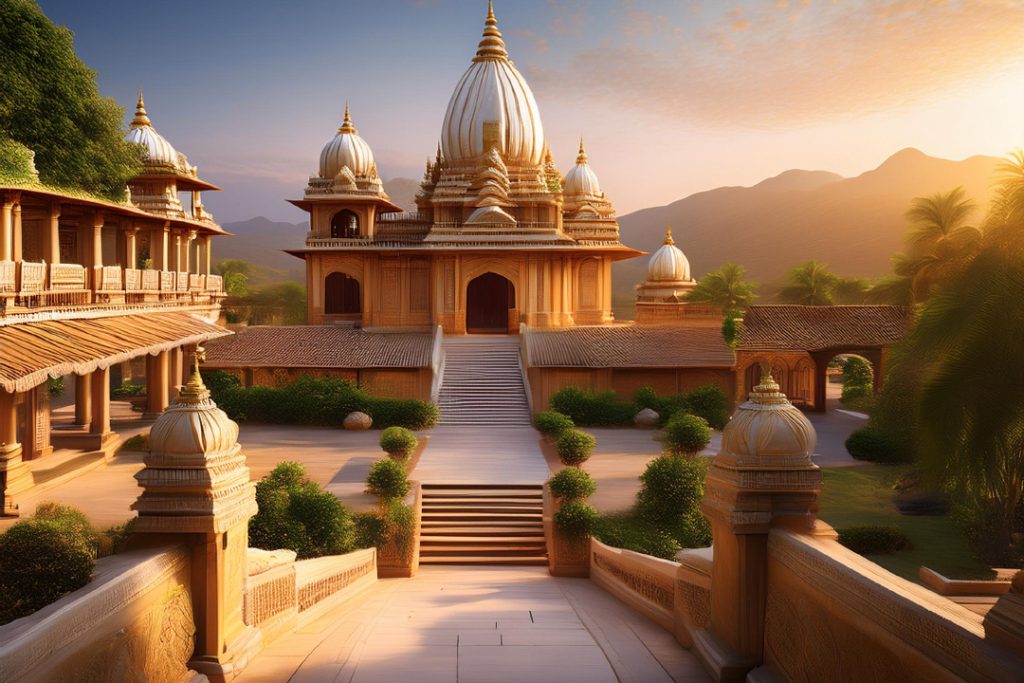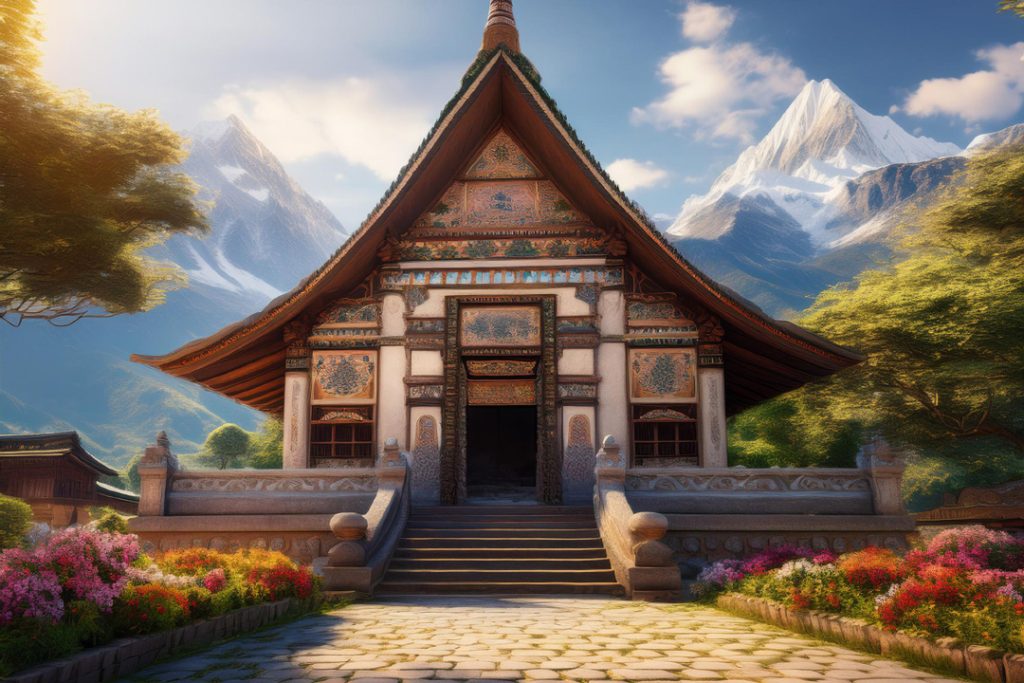Guess What? UNESCO Cultural Heritage Sites Are More Than Just Pretty Places
UNESCO (which means United Nations Educational, Scientific, and Cultural Organization) is the ultimate globe-trotter, pointing out spots around the world that are essential for humanity. These cultural and natural beauties hold historical, aesthetic, and social treasures that tell stories about our past.
Started in 1972 with the “Convention Concerning the Protection of the World Cultural and Natural Heritage,” UNESCO’s mission is like that friend who always knows the coolest, must-see places and makes sure they stick around. Over 1,000 sites have made it onto UNESCO’s list, from ancient ruins to breathtaking landscapes, each showing off the best of what our world has to offer.
Why These Places Matter
UNESCO’s chosen spots aren’t just Instagram gold; they’re essential for keeping humanity’s story alive. Each site gives us a sneak peek into different times and cultures, showing off the creativity and smarts of our ancestors. They let us walk in the footsteps of history, learning how those before us lived and interacted with the world around them.
These sites are one-of-a-kind and get protected under international treaties so they don’t get lost to time. They hold more than just historical significance—they’re a way of maintaining cultural identity and continuity.
So how does a site make the cut? UNESCO uses a specific list of criteria to pick these gems:
| Criteria | What It Means |
|---|---|
| Criterion I | A masterpiece of human creative genius |
| Criterion II | An important interchange of human values |
| Criterion III | A unique testimony to a cultural tradition |
| Criterion IV | An outstanding example of a type of building or landscape |
| Criterion V | An exceptional example of traditional human settlement |
Diving into UNESCO Cultural Heritage Sites isn’t just for historians and globe-trotters—it’s a window into the shared culture of all people. These sites link our past, present, and future, offering invaluable insights at every turn. Curious to dig deeper? Check out our in-depth article here for more cool facts and stories.
Ready to see some cool stuff? Let’s go!
Types of UNESCO Heritage Sites
Got a passion for history, nature, or both? UNESCO Heritage Sites have you covered! Let’s break down these marvels into three handy categories: Cultural, Natural, and Mixed Heritage Sites. Buckle up, because you’re in for quite a journey!
Cultural Heritage Sites
Cultural Heritage Sites are the poster children for human creativity and the big events that shaped our world. These places shout out with architectural brilliance, artistic wonders, and stories from the past. Think ancient cities, grand sculptures, priceless paintings, and archaeological wonders – all illustrating the colorful tapestry of human history.
Some iconic Cultural Heritage Sites include:
- Machu Picchu, Peru: This ancient Incan city tucked away in the Andes is a marvel of stone construction.
- Petra, Jordan: With its jaw-dropping, rock-carved architecture, Petra is a stunner.
- Acropolis, Greece: Classic Greek architecture at its finest, home to the Parthenon and other historic structures.
Wanna nerd out more on cultural goodies? Check our detailed write-up on the cultural heritage definition.
Natural Heritage Sites
Nature lovers, this one’s for you! Natural Heritage Sites are the crown jewels of Mother Nature, flaunting breathtaking beauty, geological wonders, and ecosystems bursting with life. These spots are like giant outdoor museums put there by Earth’s own hand – untouched landscapes, lush biodiversity, and freakishly unique geological features.
Some must-see Natural Heritage Sites are:
- Great Barrier Reef, Australia: Dive into the largest coral reef system teeming with marine life.
- Galápagos Islands, Ecuador: Home to species found nowhere else on Earth.
- Yellowstone National Park, USA: Famous for its geysers, including the iconic Old Faithful.
Curious about how these natural wonders impact the world? Peek at our deeper dive on the significance of cultural heritage.
Mixed Heritage Sites
Can’t choose between nature and culture? You don’t have to! Mixed Heritage Sites blend jaw-dropping landscapes with rich human history and culture. These are places where human life and natural beauty weave an intricate dance, showing off an extraordinary combo of traditions, spiritual beliefs, and ways of life.
Some highlights of Mixed Heritage Sites:
- Machu Picchu, Peru: Not just an Incan city but also surrounded by stunning ecosystems.
- Mesa Verde, USA: Check out prehistoric cliff dwellings nestled within a natural park.
- Mount Athos, Greece: A landscape where monks have lived out their days for centuries.
Wrapping your head around these categories gives you a richer appreciation for UNESCO Heritage Sites. Plus, it helps you get why preserving these gems is super important – not just for us, but for the explorers and history buffs of tomorrow.
So, get out there (or dive down the rabbit hole), and see what these wonders are all about!
Famous UNESCO Cultural Heritage Sites
Dive into the magic of UNESCO cultural heritage sites and journey through history and architecture. Here’s a peek at three unforgettable gems: Machu Picchu in Peru, Petra in Jordan, and the Acropolis of Athens in Greece.
Machu Picchu, Peru
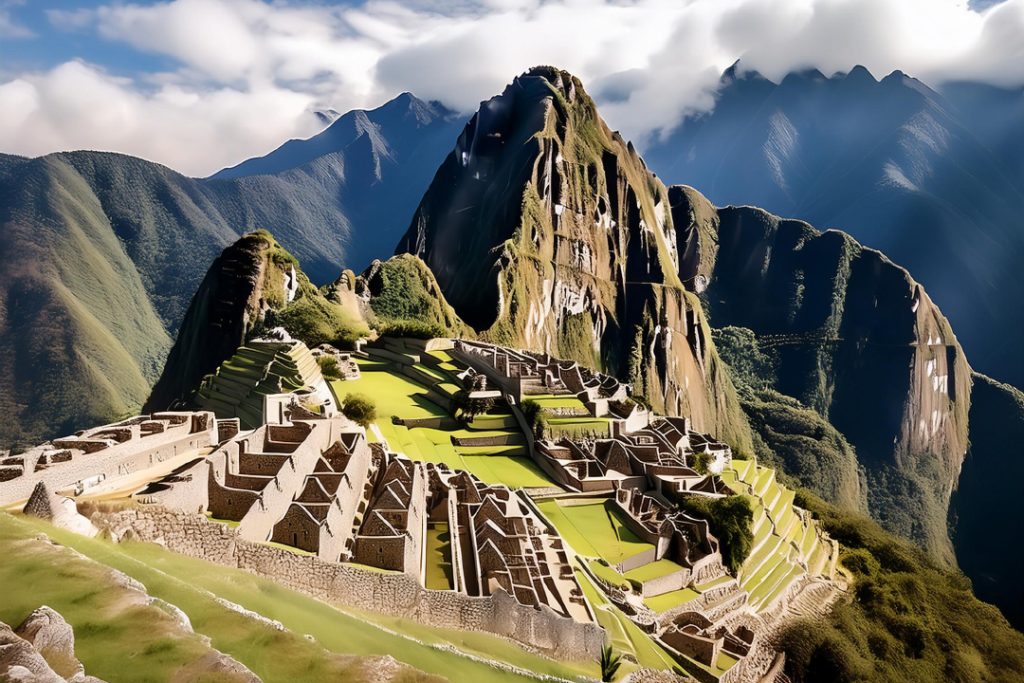
Machu Picchu, the iconic Inca city perched high in the Andes Mountains, is known as the “Lost City of the Incas.” Built in the 15th century and later abandoned, it remained a mystery to the rest of the world until its rediscovery in 1911.
| Attribute | Data |
|---|---|
| Year of Construction | 1450 AD |
| Altitude | 2,430 meters (7,970 feet) |
| Area | 32,592 hectares |
Admired for its incredible dry-stone construction, Machu Picchu uses a technique called “ashlar,” where stones fit perfectly without mortar. The site includes temples, terraces, and water channels, highlighting the Incas’ deep agricultural and water management knowledge.
Petra, Jordan
Petra, a stunning archaeological site in southern Jordan, is famously nicknamed the “Rose City” for its vibrant stone color. Established around the 6th century BC by the Nabataean Arabs, Petra is celebrated for its rock-cut architecture and clever water systems.
| Attribute | Data |
|---|---|
| Year of Establishment | 312 BC |
| Primary Material | Sandstone |
| UNESCO Recognition | 1985 |
The spotlight of Petra is Al-Khazneh (The Treasury), which flaunts intricate Hellenistic architecture. Petra’s incredible preservation tells tales of ancient civilizations and their life, making it a crucial link in historical trade routes.
Acropolis of Athens, Greece
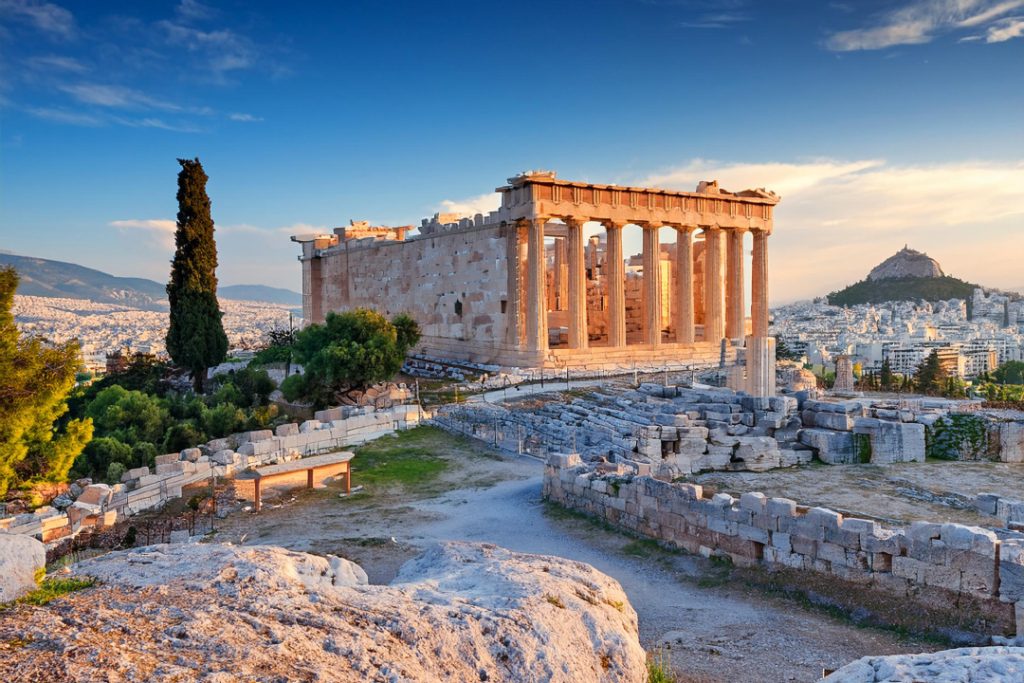
The Acropolis of Athens stands tall as a symbol of ancient Greek splendor. Overlooking Athens, this rocky outcrop holds several significant ancient buildings, with the Parthenon being the star attraction.
| Attribute | Data |
|---|---|
| Year of Construction | 5th century BC |
| Altitude | 156 meters (512 feet) |
| Key Structures | Parthenon, Erechtheion, Temple of Athena Nike |
The Parthenon, dedicated to Athena, is a masterpiece of Doric architecture. Serving as a cultural and religious hub for centuries, the Acropolis remains a beacon of classical spirit and ancient civilization.
These UNESCO cultural heritage sites offer not just architectural beauty but also a rich tapestry of cultural and historical significance. They provide a window into the life and times of ancient civilizations.
For more insights, explore our articles on cultural heritage definition and significance of cultural heritage.
Hidden UNESCO Gems: Gotta See These Cultural Heritage Sites
Ready to travel back in time? Let’s explore some hidden treasures that showcase the beauty of human history and culture. We’re diving into Rapa Nui National Park in Chile, The Persian Garden in Iran, and the Historic Center of Macau in China.
Rapa Nui National Park, Chile
Straight outta Easter Island in the middle of nowhere Pacific, Rapa Nui National Park is famous for those gigantic, mysterious stone heads called moai. Built by the Rapa Nui people, these statues are all about skill, culture, and a sprinkle of island magic. Imagine these giant stone dudes standing watch over the island, each one with its own untold story.
| Attribute | Details |
|---|---|
| Country | Chile |
| Inscription Year | 1995 |
| Notable Features | Moai statues, Rapa Nui culture |
Peek into more cool heritage stuff at Significance of Cultural Heritage.
The Persian Garden, Iran
Picture a desert oasis: The Persian Garden. These ancient gardens are all about bringing harmony through water, light, and perfect symmetry. Fancy a stroll through paradise? Check out spots like the Fin Garden in Kashan or the Shazdeh Garden in Mahan. These places aren’t just eye candy—they’re a trip back to ancient Persian dreams of heaven on earth.
| Attribute | Details |
|---|---|
| Country | Iran |
| Inscription Year | 2011 |
| Notable Features | Water features, symmetry, traditional Persian design |
Dive into the charm of Cultural Heritage at the Persian Garden.
️ Historic Center of Macau, China
Ever wondered what happens when East meets West? The Historic Center of Macau’s your answer. From the 16th century, it’s a blend of Chinese and Portuguese vibes. Wander through the Ruins of St. Paul’s, feel the history at A-Ma Temple, and take a selfie at Senado Square.
| Attribute | Details |
|---|---|
| Country | China |
| Inscription Year | 2005 |
| Notable Features | Chinese-Portuguese architectural fusion, historic temples, colonial buildings |
Journey through cross-cultural wonders at UNESCO Cultural Heritage Sites.
Checking out these tucked-away spots gives you a real taste of our shared world heritage. Not just learning—it’s about appreciating the colorful stories of our past. Ready to add a new pin to your travel map?
Visiting UNESCO Cultural Heritage Sites
Checking out UNESCO Cultural Heritage Sites isn’t just about crossing destinations off your bucket list—it’s diving into the past and savoring unique experiences. To make your visit memorable and respectful, it’s handy to know a few tips.
Nailing the Basics for Your Trip
First off, let’s cover the essentials to make sure your trip goes off without a hitch. Here’s what you need to keep in mind:
- Do Your Homework: Know a bit about the site’s history and culture. It makes wandering around much more fulfilling.
- Book in Advance: Grab your flights, rooms, and transport early. No one likes last-minute chaos.
- Check the Fine Print: Make sure you know if you need any special tickets or permits to get in.
- Pick the Best Time: Look up the best seasons and weather to avoid crowds and enjoy good weather.
| Aspect | Details |
|---|---|
| Do Your Homework | Understand history and culture |
| Book in Advance | Flights, hotels, transport |
| Check the Fine Print | Permits and tickets |
| Pick the Best Time | Avoid bad weather and peak seasons |
Respecting Local Vibes
When you’re stepping into someone else’s backyard, it’s important to play by their rules. Here’s how you can blend in better:
- Dress the Part: In some spots, dressing modestly is a must, especially in religious or traditional areas.
- Mind Your Manners: Know a bit about local customs and show some respect.
- Snap Pics Carefully: Don’t just point and shoot. Some places limit photography, and always ask before you snap a photo of someone.
- Be Nice: Your mom taught you this one—be polite and kind. Don’t be that obnoxious tourist.
Be a Smart Traveler
Leaving a positive footprint is easier than you might think. These responsible travel practices can help keep these sites available for generations to come:
- Pack Smart: Ditch single-use plastics. Pack a reusable water bottle and bags.
- Stick to the Path: Wandering off can cause damage. Stay on designated trails.
- Shop Local: Support nearby businesses and buy local crafts.
- Share the Knowledge: Learn as much as you can, and then spread the word about how cool and important these sites are.
Want to dive deeper into why preserving cultural heritage matters? Check out our articles on what cultural heritage means and why it’s important.
By nailing the basics, showing local respect, and being a responsible traveler, you’ll not only have an awesome time but also help keep these incredible places intact for the future. Bon voyage!
Keeping UNESCO Cultural Heritage Sites Alive
Ensuring UNESCO Cultural Heritage Sites stick around for future generations to marvel at is super important. It’s like a time capsule of brilliance, but keeping these sites intact ain’t easy. It takes everyone chipping in – governments, organizations, and locals all need to team up.
Highs and Lows of Saving the Old Stuff
Saving these spots from falling apart is no walk in the park. Natural disasters, pollution, urban sprawl, and climate change are just a few of the bullies in the playground. Even tourism, with all its dollar signs, can wear down these delicate sites like sandpaper.
| Trouble | What It Does |
|---|---|
| Natural Disasters | Breaks stuff, washes things away |
| Pollution | Messes up materials, makes things ugly |
| Urban Sprawl | Crowds things out, kills the vibe |
| Climate Change | Speeds up decay, drowns sites |
| Tourism | Breaks things, leaves trash |
Throw in cultural clashes and not enough cash, and you’ve got yourself a pickle. Balancing preservation with respecting local culture and keeping the funds flowing smoothens the process.
High-Tech Helpers
Tech is the knight in shining armor for these heritage sites. With cutting-edge gadgets and gizmos, we can document, watch over, and fix up these sites like pros.
- 3D Scanning and Modeling: Imaginary blueprints for fixing stuff up.
- Drones: Bird’s-eye watchers to keep tabs.
- Sensors: Mini detectives sniffing out trouble.
- Virtual Reality (VR): Lets visitors explore without trampling everything.
| Gadget | What It Does |
|---|---|
| 3D Scanning | Creates blueprints, checks the structure |
| Drones | Keeps an eye from up high, assesses damage |
| Sensors | Monitors the environment, sounds alarms |
| Virtual Reality | Hands-off tours, educating the curious |
Smart Tourism: Play Nice with the Past
Playing it smart with tourism is crucial. Good tourism practices reduce harm while making visits special.
- Spread the Word: Get folks to respect and cherish what they see.
- Rules and Regs: Lay down the law on site visits to prevent over-crowding.
- Local Love: Include locals in tourism to mix money with care.
- Green Moves: Push for eco-friendly transport and clean waste management.
Want the lowdown on how tourism affects cultural heritage? Check out the significance of cultural heritage.
By tackling these issues, leaning on tech, and promoting smart tourism, we can actually save these amazing spots. Dive deep into why cultural heritage matters by reading cultural heritage definition.
Here some recommended links selected for you: The Best Books of the Month, Todays best Deals at Amazon, Best Sellers in Cell Phones & Accessories and last but not least the easy and great way to send a gift for the holidays: Amazon.com eGift Card (Instant Email or Text Delivery).

